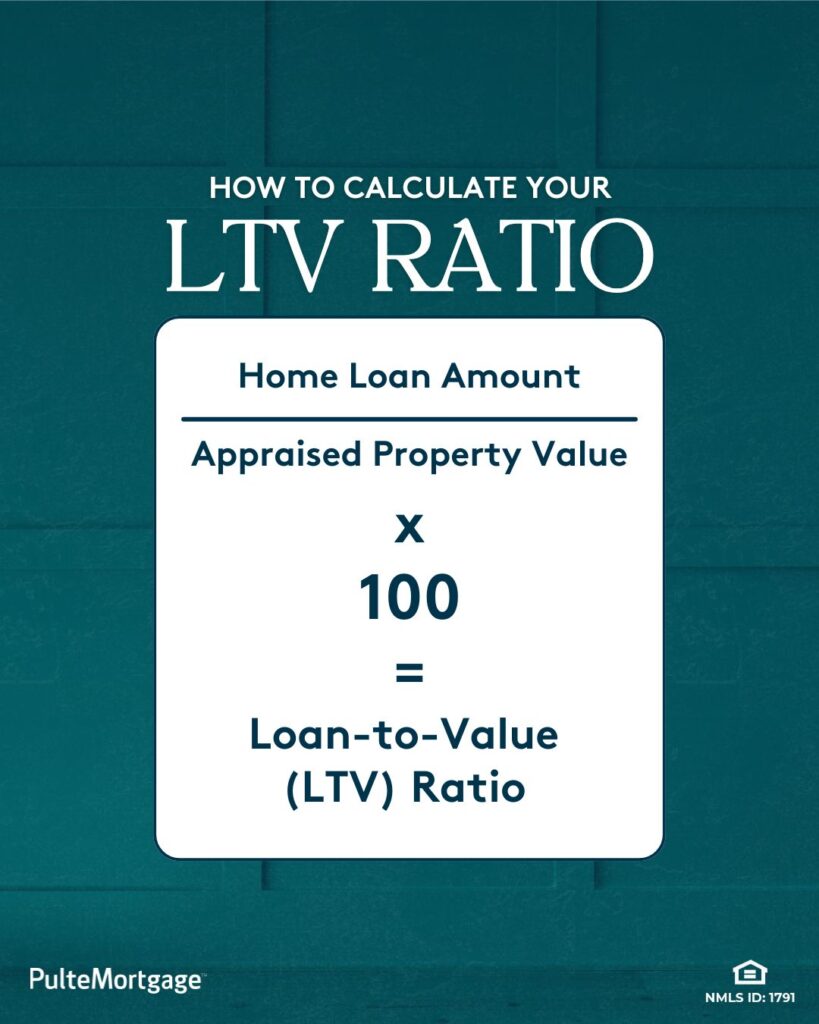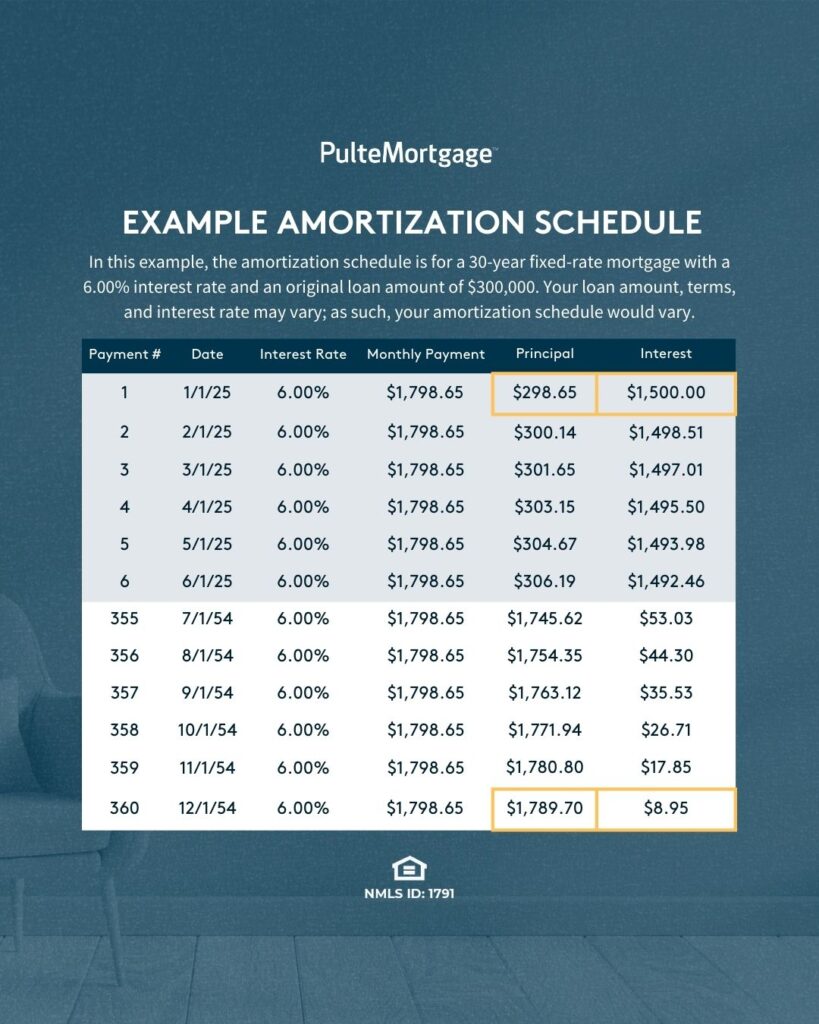When it comes to all the acronyms and terminology, it may seem like you need to learn a whole new language just to buy a home! But don’t worry, we’ve got your back! Below you’ll find some of the most common mortgage terms that you will surely hear as you start financing your new home. Keep this cheat sheet handy and you’ll sound like a homebuying pro in no time!
Loan estimate and closing disclosure.
Both of these documents are important disclosures that outline the various details and costs of your home loan. These straight-forward documents will include information about your interest rate, closing costs and monthly payments.
Fixed-rate and adjustable-rate mortgage.
A fixed-rate mortgage and an adjustable-rate mortgage are the two primary mortgage types that determine how your interest rate will work throughout the life of your loan. In a nutshell, a fixed-rate mortgage has an interest rate that will never change during the life of your loan, whereas the interest rate on an adjustable-rate mortgage, or ARM, will fluctuate depending on the current market.
Loan-to-value ratio.

When you start the mortgage process, another common term you’ll hear is loan-to-value, or LTV for short. This is the ratio of your home loan to the home’s value. Lenders will use this calculation to determine the amount of risk they will be taking on to provide you with the loan. The lower the LTV, the lower the risk for the lender.
Here’s an easy way to look at it; if you purchase a $400,000 home and you had to borrow $200,000, your LTV would be 50 percent.
Debt-to-income ratio.
Yep, another ratio! Your debt-to-income ratio, or DTI, is a calculation of your total debt divided by your gross monthly income. This ratio is used to determine what type of loan you qualify for and how much home you can afford. If your DTI is a little too high, your Loan Consultant may ask that you pay off some of your outstanding debts in order to better qualify for a loan.
Private mortgage insurance.
Private mortgage insurance, or PMI, is a required premium paid to the lender if your down-payment is less than the traditional 20 percent. While it may seem like an unnecessary additional cost, this option can be particularly helpful for buyers who want to purchase a home sooner, rather than later.
PITI.
PITI is an acronym for principal, interest, taxes, and insurance. These are the four components that will make up your monthly mortgage payment. The largest part of your payments will be likely be the principal and the interest, or in other words, the amount of money you have borrowed and what the lender is charging you for loaning you the money.
Escrow.
When you go to close on your home, an escrow procedure will outline the process of your home sale transaction. A well-trusted, neutral party, like a title or escrow company, will handle the process to ensure the transaction is safe for both buyer and seller. After closing, your lender will then collect enough funds to establish an escrow account and each month, a portion of your mortgage payment will go into this account and be used to pay your annual taxes and homeowner’s insurance.

Amortization.
Amortization is a big, fancy word that refers to your loan amount when it is divided up into monthly payments. These monthly payments include both your principal and the interest. As you continue to make your payments each month, there will be a gradual shift from paying mostly interest every month to paying more toward your principal balance.
If this is your first time buying a home, you may be seeing some of these terms (and more!) for the first time, but there’s no need to worry! Our mortgage professionals will be with you every step of the way, ready to answer any and all of your questions.





